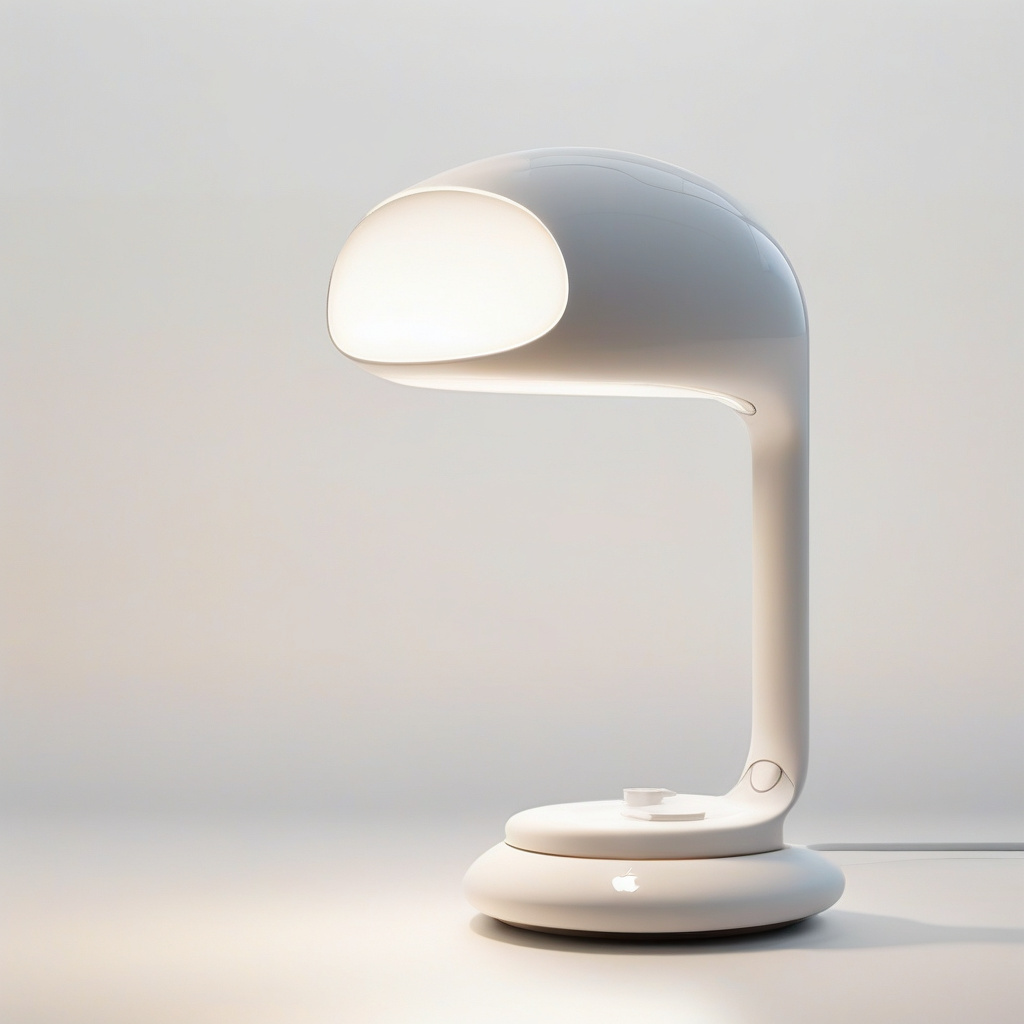Apple’s Emotional Lamp and the Future of Robots
Pixar Animation Studios has a knack for infusing life into inanimate objects, exemplified by Luxo Jr., the playful lamp that has become a symbol of Pixar’s creativity. Inspired by this, Apple’s Machine Learning Research division embarked on the ELEGNT project, aiming to create an expressive lamp for non-humanoid robots.
The ELEGNT lamp is designed to convey emotions and intentions through movements such as nodding, shaking, and tail wagging. While it may seem like the lamp possesses emotions, a closer look reveals that it’s a clever illusion crafted through programming. Apple’s research delves into exploring how robots can interact with humans in more engaging and relatable ways.
However, the notion of robots displaying genuine emotions raises complex questions about sentience and human-like interactions. Despite the fascinating advancements in robot technology, Apple’s lamp remains a programmed entity, not a sentient being capable of feeling emotions.
The essence of Apple’s research lies in the fusion of functionality and expression to create a compelling user experience. By simulating intention, attention, and emotion through movements, the lamp bridges the gap between humans and robots, paving the way for a new era of emotionally intelligent machines.
Looking ahead, Apple’s foray into emotional robots extends beyond the lamp, with the development of a desktop robot project known as J595. This innovative robot project, slated for launch in the next two years, integrates elements of the ELEGNT research to enhance user interactions and provide intelligent assistance in a variety of tasks.
As the consumer market evolves, the concept of emotional robots is gaining traction, with products like Jibo, Anki’s Cozmo, and Sony Aibo already captivating users with their expressive capabilities. These robots offer a glimpse into a future where machines seamlessly blend functionality with emotion, enriching our daily lives in ways previously unimaginable.
While the business market for emotional robots is still nascent, regulatory developments like the EU’s AI Act underscore the importance of ethical AI usage, especially in sensitive environments like workplaces and educational settings. As technology progresses, the integration of emotional robots into various facets of society will necessitate a nuanced understanding of human-machine interactions.
In conclusion, Apple’s emotional lamp and the evolving landscape of robots signify a paradigm shift in how we perceive and interact with technology. By infusing machines with emotional intelligence, we are poised to embrace a future where robots not only assist us but also connect with us on a deeper, more meaningful level. As we navigate this transformative journey, it’s essential to balance innovation with ethical considerations to ensure that the future of robotics remains human-centered and beneficial for all.

